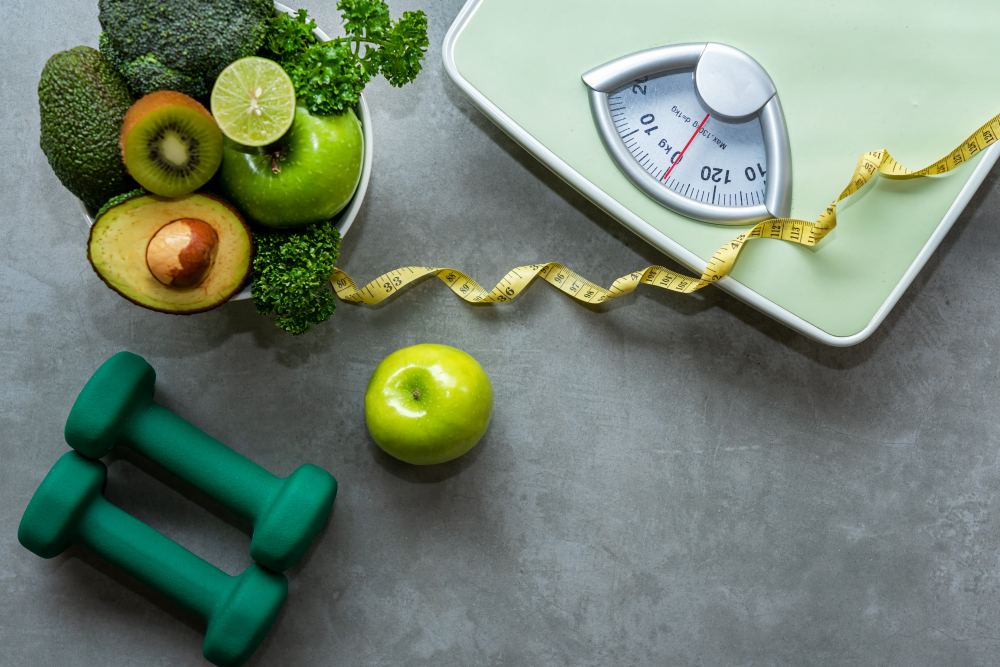5 Key Things to Watch Out for With Low Dose Naltrexone

Key Takeaways
- Low-dose naltrexone offers promising benefits for managing chronic conditions but requires careful attention to potential interactions, dietary habits, and lifestyle adjustments.
- Avoiding alcohol and monitoring for sleep disturbances are critical to ensuring the therapy’s safety and efficacy.
- Regular check-ups are essential for long-term success and minimizing risks associated with extended use.
Low-dose naltrexone (LDN) has gained attention for its potential to treat a variety of chronic conditions, from autoimmune disorders to fibromyalgia and chronic pain. By modulating the immune system and reducing inflammation, LDN can help many patients achieve significant symptom relief. However, to fully benefit from this therapy, it’s crucial to understand what precautions to take.
Several factors—ranging from medication interactions to dietary habits and lifestyle changes—can influence the treatment’s success when using LDN. This guide discusses five key things to watch out for when taking low-dose naltrexone. You can ensure a safer, more effective treatment experience by staying informed and proactive.
Understanding low dose naltrexone: usage, benefits, and side effects
Low-dose naltrexone is commonly used at doses far lower than those traditionally used in addiction treatment. While its precise mechanism is still under research, it’s thought that LDN helps to modulate the immune system and reduce inflammation, which plays a key role in many chronic health conditions.
Conditions like multiple sclerosis, Crohn’s disease, fibromyalgia, and even some cancers have shown promising responses to LDN, making it an exciting treatment option.
Despite its potential benefits, low-dose naltrexone also have side effects, which range from mild to more significant. The most commonly reported effects include sleep disturbances, mild digestive discomfort, or headaches.
These side effects are often temporary, but managing them properly ensures that the medication is tolerated. Additionally, as LDN affects the immune system, it is important to work closely with a healthcare provider to monitor your progress and address any emerging concerns.
What to avoid when taking low dose naltrexone
Medication interactions you should note
Low-dose naltrexone can interact with certain medications, particularly opioids or opioid-based painkillers. This is because naltrexone works by blocking opioid receptors and using LDN with opioids can lead to withdrawal symptoms or reduced effectiveness of the opioid medications. This can be dangerous for those who are managing pain or other conditions with prescription opioid medications.
Other medications that may interact with LDN include immunosuppressive drugs or those that are metabolized by the liver, such as certain antidepressants and antifungal medications. These can affect how your body processes the medication, diminishing its effectiveness or causing adverse effects.
How to avoid issues:
- Be sure to inform your healthcare provider of all medications, both prescription and over-the-counter, and any supplements you’re taking.
- Avoid using opioid-based pain medications while on LDN, as this can lead to unwanted withdrawal symptoms.
- If you’re prescribed medications that could interact with LDN, your doctor may recommend an alternative treatment or adjust the timing of your LDN dose. Regularly reviewing your medication list with your provider is key to preventing interactions.
The importance of avoiding alcohol
One of the most significant things to avoid when taking low-dose naltrexone is alcohol. Alcohol consumption can interfere with LDN’s ability to work as intended, particularly in its role of reducing inflammation and modulating the immune system.
Moreover, drinking alcohol while on LDN can increase the risk of liver strain or even toxicity, as the liver metabolizes both alcohol and naltrexone. This combination can potentially overwhelm the liver’s detoxification processes, leading to harmful effects.
Practical tips:
- Remove alcohol from your home or social situations during the early stages of treatment. This can help prevent temptations and encourage you to focus on healthy habits during treatment.
- If you do attend social events where alcohol is present, consider bringing non-alcoholic alternatives like sparkling water, herbal teas, or flavored water. This can help you feel comfortable while avoiding alcohol.
- If you find it challenging to avoid alcohol, talk with your doctor to ensure that you stay on track with your treatment plan.
Eating smart: dietary do’s and don’ts
While there are no strict dietary restrictions when taking low-dose naltrexone, maintaining a balanced diet can significantly enhance the medication’s effectiveness. Eating nutrient-dense foods that reduce inflammation and support overall health can help optimize treatment outcomes.
On the other hand, some foods, particularly those that are highly processed or contain excessive sugar, can counteract the benefits of LDN by promoting inflammation or disrupting gut health.
A healthy, anti-inflammatory diet can help support LDN’s immune-modulating effects, boost overall energy levels, and reduce common side effects such as digestive issues.
Dietary tips:
- Do eat:
- Whole foods, lean proteins, and high-quality fats such as those found in avocados, olive oil, and nuts. These foods help support immune health and reduce inflammation.
- Foods rich in omega-3 fatty acids, such as fatty fish (salmon, mackerel), flax seeds, and walnuts, can provide anti-inflammatory benefits.
- Anti-inflammatory spices like turmeric and ginger can complement the effects of LDN.
- Avoid:
- Processed foods, especially those high in refined sugars and unhealthy fats (e.g., fast food, sugary snacks, and pastries). These foods can increase inflammation and diminish the benefits of LDN.
- Excessive caffeine can interfere with sleep and increase anxiety in some people, especially if sleep disturbances are a side effect of LDN.
Dealing with possible sleep issues
One of the more common side effects of low-dose naltrexone is difficulty with sleep. Many people report trouble falling asleep or experiencing more fragmented sleep patterns after starting LDN. This side effect is temporary and tends to subside as the body adjusts to the medication. However, if sleep disturbances persist, it’s important to address them to ensure you can continue with the treatment effectively.
Tips for better sleep:
- Create a calming bedtime routine like reading, meditation, or deep breathing exercises. This can help signal your body that it’s time to wind down.
- To reinforce your body’s natural sleep cycle.
- Avoid screen time (phones, tablets, computers) at least an hour before sleeping, as the blue light emitted by screens can interfere with melatonin production and make it harder to fall asleep.
- If sleep issues continue, talk to your healthcare provider about adjusting the timing of your LDN dose or exploring other options to improve sleep quality.
Keeping an eye on long-term health
While low-dose naltrexone has been shown to offer many benefits, it’s still important to monitor your health over the long term. The long-term effects of LDN are still being studied, so regular check-ups are necessary to track how your body responds to the treatment.
Monitoring liver function, inflammation markers, and immune system responses can ensure that LDN remains an effective and safe treatment option.
Proactive strategies:
- Check your liver health for any signs of toxicity or strain.
- Discuss any new or worsening symptoms, such as joint pain or fatigue, with your healthcare provider to ensure they are unrelated to LDN.
- Keep a treatment journal to document any changes in symptoms or side effects. This will provide valuable information for your healthcare provider to adjust your treatment.
Ensuring safety and efficacy with low dose naltrexone
Low-dose naltrexone is a promising treatment option for managing chronic conditions, but it requires a thoughtful, informed approach to ensure optimal results. By being mindful of medication interactions, avoiding alcohol, maintaining a healthy diet, managing sleep disturbances, and regularly monitoring your health, you can maximize the benefits of LDN while minimizing potential risks.
At Mobile Care Health, we offer low-dose naltrexone (LDN) as a valuable aid for weight loss. Our team provides personalized support, combining LDN with a balanced diet and exercise plan tailored to your goals.
We also ensure that you receive regular health monitoring and guidance to manage any potential side effects. By avoiding alcohol and following a structured approach, we help you achieve sustainable weight loss safely and effectively. With our ongoing support, you can confidently navigate your weight loss journey with LDN.
Compounded tirzepatide/semaglutide with vitamin B12 is prepared by a state-licensed pharmacy for individual patients and has not been reviewed or approved by the U.S. Food and Drug Administration (FDA) for safety, effectiveness, or quality. FDA-approved medications in this class are available; your provider will discuss all options and determine what is appropriate for you. Individual results vary. Medication use requires medical supervision and ongoing lifestyle support.
Articles on this site are for general education and do not substitute for professional medical advice. Consult our providers for personalized recommendations.





